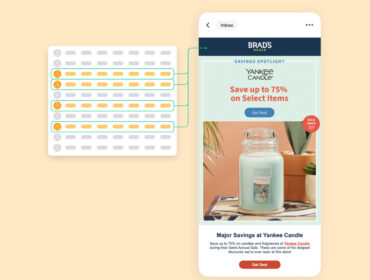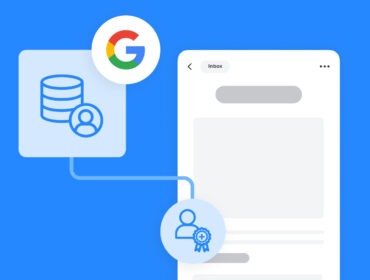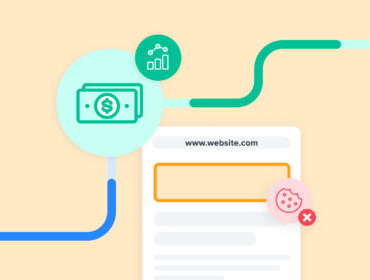From zero to one hundred: How zero-party data builds stronger eCommerce customer relationships
Data can take many different forms, but the one that’s getting the most buzz these days is zero-party data. The term, coined by Forrester Research in 2020, encompasses all data that comes “straight from the source.” It’s information consumers proactively offer brands to add context to their online experience. And because of its pure, unfiltered origins, this form of data can be highly valuable to marketers.

Personalized content
The beauty of zero-party data is that it’s ideally suited for personalizing consumer content. Since consumers willingly share it, self-reported data is more likely to be accurate than some other forms of customer information. Marketers can use it to customize everything from product recommendations to email frequency, building loyalty and strengthening the customer-brand relationship in the process.
This makes zero-party data a viable alternative to the third-party data marketers have long relied on, and the cookies that are on their way out. Though it’s similar to first-party data in that it’s collected directly from the consumer, zero-party data isn’t inferred from customer behavior but instead volunteered by the customers.
Wishlists
While there are dozens of sources of zero-party data to choose from, a handful of them emerged as go-to solutions for brands, particularly in industries like retail and apparel. Take a look at the luxury department store chain Saks Fifth Avenue.
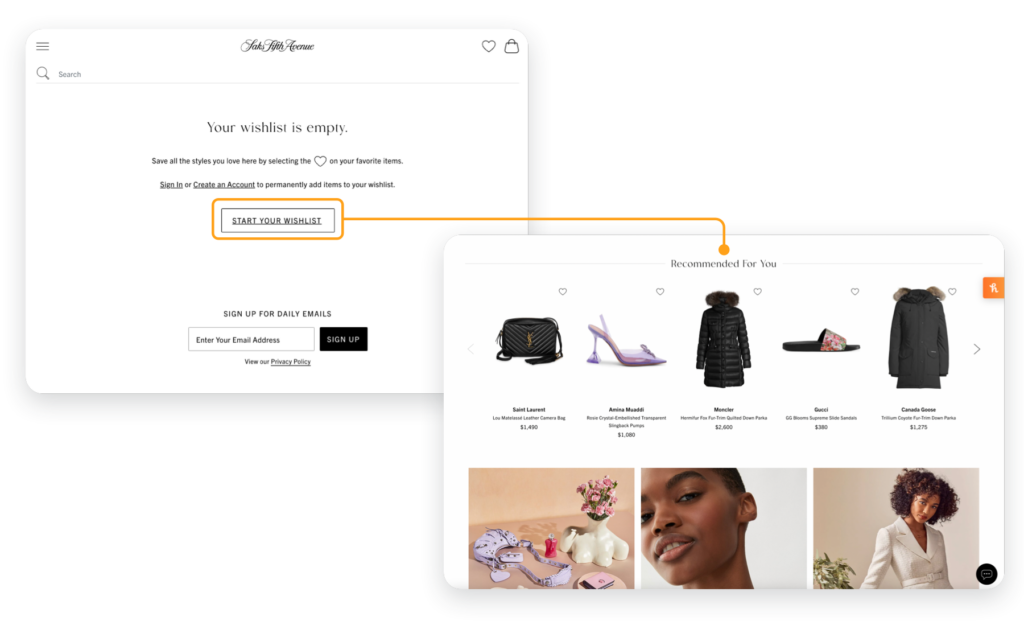
On its website, Saks offers a Wishlist feature that enables users to save items they hope to purchase in the future. This customized shopping list then lives on the user’s account page, reminding them of their must-have products. In the meantime, the feature also provides Saks with critical information that allows the company to anticipate product demand and push Wishlist-adjacent products to online customers.
Surveys
Another source of zero-party data is one we all know well. Surveys have long been a staple on the customer service side of things, but brands have begun incorporating them into the shopping experience and making them more interactive.
Stitch Fix, which built its business model on personalization, has a Style Shuffle feature that asks consumers ,”Would you wear this?” and invites them to rate products with a thumbs-up or thumbs-down. The resulting information is used to customize the products subscribers receive in their “Fix.” According to Stitch Fix, Style Shuffle feedback “refines our understanding of your style to send you more of what you love.”
Once again, zero-party data serves a dual purpose here: it’s improving the digital customer experience, while enhancing the brand’s ability to gauge purchase intentions and deliver more relevant content that, in turn, is more likely to result in a conversion.
Quizzes
Surveys are always a good bet when you need to get a sense of your customers’ behavior. By inviting them to complete a quiz related to your products, you can learn a lot about their preferences and needs.
What does this form of zero-party data look like? One example comes from athletic brand Brooks. Brooks offers a Shoe Finder quiz on its site that asks users questions ranging from where they run (street, gym, or trail) to whether they’ve suffered any recent injuries. Brooks even provides a feature that measures the customer’s foot angle and balance.
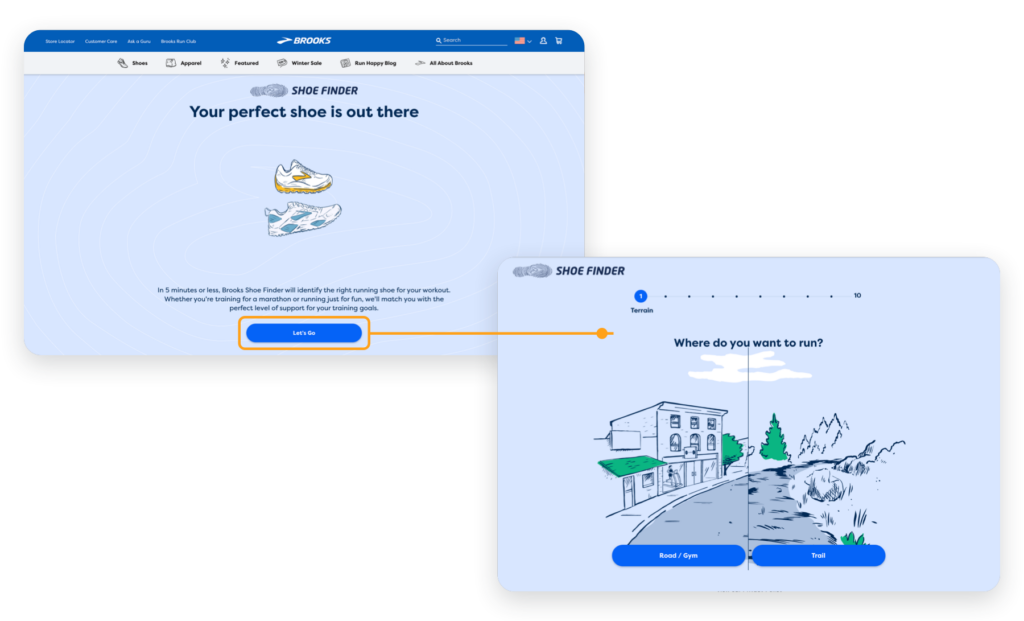
This interactive experience arms the customer with personalized information designed to enhance their experience with the product. Brooks can assess the resulting data to guide its marketing strategy and even tweak its product development decisions.
There’s a bonus to zero-party data, and that’s the fact that it doesn’t feel much like data collection at all to customers. Online privacy “is of growing concern” to consumers, and their confidence in brands’ abilities to protect their data is on the decline. At the same time, marketers are advised to “personalize or perish.” Zero-party data can bridge the gap between data and personalization. In other words, it’s a win-win.
